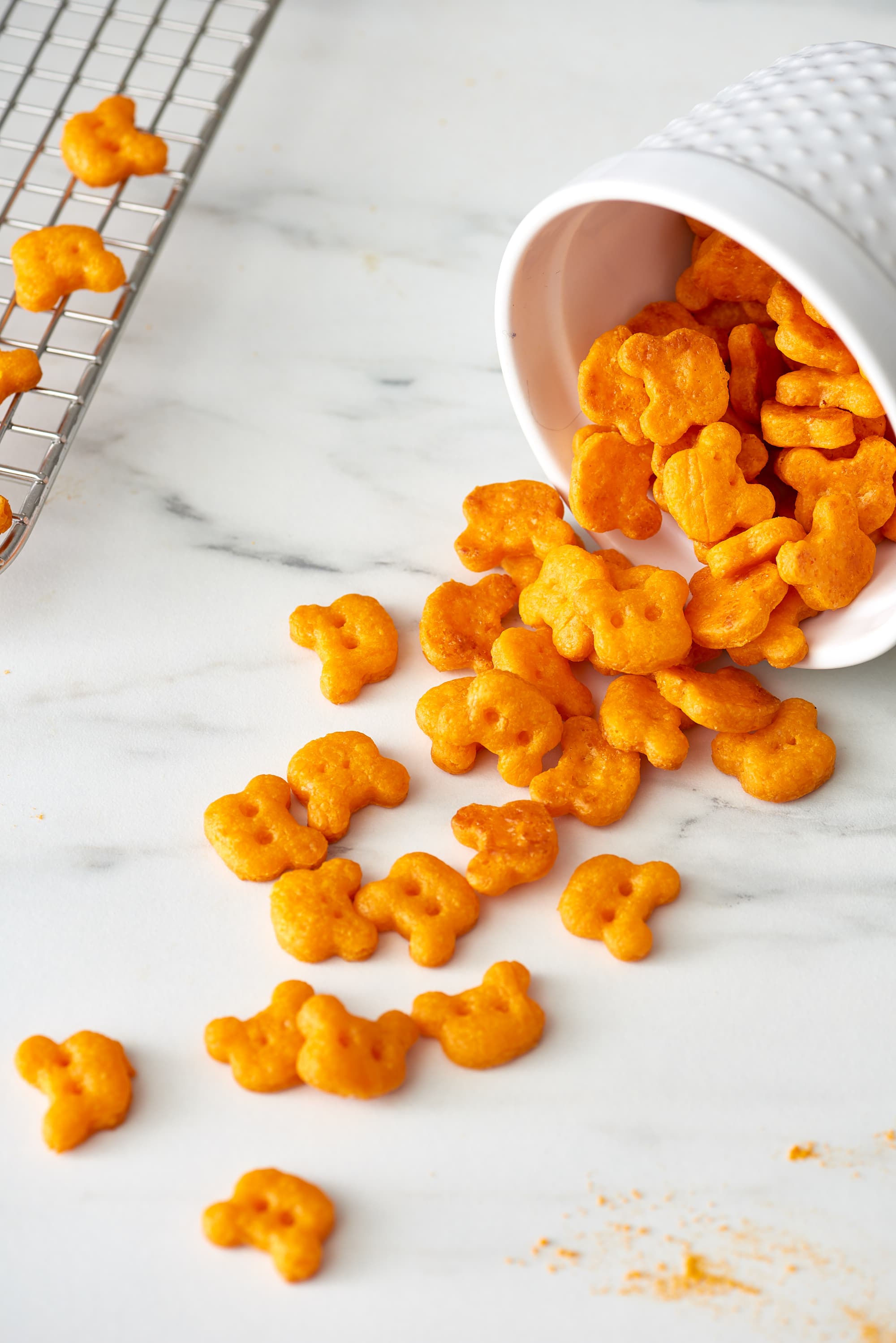

For each subsequent flip you will notice the curds coming together more and more, this is quite an exciting process to watch. For the initial flip your curds will have begun to consolidate but will still be delicate. Place the small piece of cloth and the follower back on top and begin pressing at the next interval of pressure. Gently remove the cloth from your cheese and reline the mold then flip your cheese and insert it back into the lined mold. To do this, remove your mold from the press, take off the follower and gently take out your cheese by lifting up on the edges of your cloth. Once the initial press is done you will need to flip your cheese. The initial press is typically about ten minutes with only a small amount of pressure please refer to your recipe for specifics on weights and time for pressing. If using weights found around the house use a scale to weigh them first so you know how much pressure is being applying. The best way to apply preasure is in a cheese press if you don’t have access to a press you can use hand weights, jugs of water or heavy books. You will want to have a pan to catch the whey or have a drip tray underneath your mold and directed into a sink. During the pressing phase whey will be expelled and the curds will consolidate. Follow your recipe as a guide for how much pressure to apply to your curds.
:max_bytes(150000):strip_icc()/__opt__aboutcom__coeus__resources__content_migration__serious_eats__seriouseats.com__recipes__images__2016__09__20160822-homemade-cheez-itz-vicky-wasik-15-bfa93f699432480d9d3ee198829e6c22.jpg)
Now that you have your curds molded it is now time to press them. Continue to mix in your rennet in this gentle up and down manor for about 1 minute. Hold the ladle over your milk, pour the diluted rennet solution through the ladle to help disperse it, and then mix in gently by submerging your ladle to the bottom of your pot and bringing it back up to the surface. To add rennet we recommend using a perforated ladle. Disturbing or moving the pot or milk during this time can interfere with the coagulation process. After adding rennet to your milk let it sit for the time called for in your recipe. This will ensure even dispersion when added to milk. Note: Recipe measurements are based off of single strength rennet, if you are using double or triple strength please adjust accordingly.īefore adding to milk dissolve rennet in ¼ cup cool potable non chlorinated water then add mixture to milk and stir in thoroughly. Follow your recipes recommendation for the amount of rennet to use, and add it at the specified time and temperature in your recipe. When added to milk rennet will form a thick custard like curd. Prior to storing your equipment once you are finished making cheese it is a good practice to clean all equipment thoroughly and sterilize once more. Note: Direct contact with bleach may harm the growth of cheesemaking bacteria and can kill rennet. Dip any equipment that was not able to be sterilized within your pot and then rinse thoroughly. Wipe down surfaces using a clean cloth and the solution. To sterilize surfaces and all other equipment, mix a solution of two tablespoons household bleach per one gallon of water. Be sure to have a sterilized surface to set your equipment onto. Tongs can be sued to remove items from your pot or you can empty the pot into a sterilized colander placed in a sink. For an easy way to sterilize equipment, fill your cheese pot with water, toss in any heat safe, submersible equipment that will fit, place the top on your pot, bring the water to a roaring boil and maintain the boil for at least 15 minutes.

The first step in cheesemaking is to clean and sterilize both your equipment and surface. The process of cheesemaking will provide an ideal environment for friendly bacteria to ripen your milk being sure your environment is clean will help the cultures stay strong, happy and healthy without having to compete against unwanted bacteria. Just like in canning, preserving, and bread making, cleanliness is important in cheesemaking as well.


 0 kommentar(er)
0 kommentar(er)
